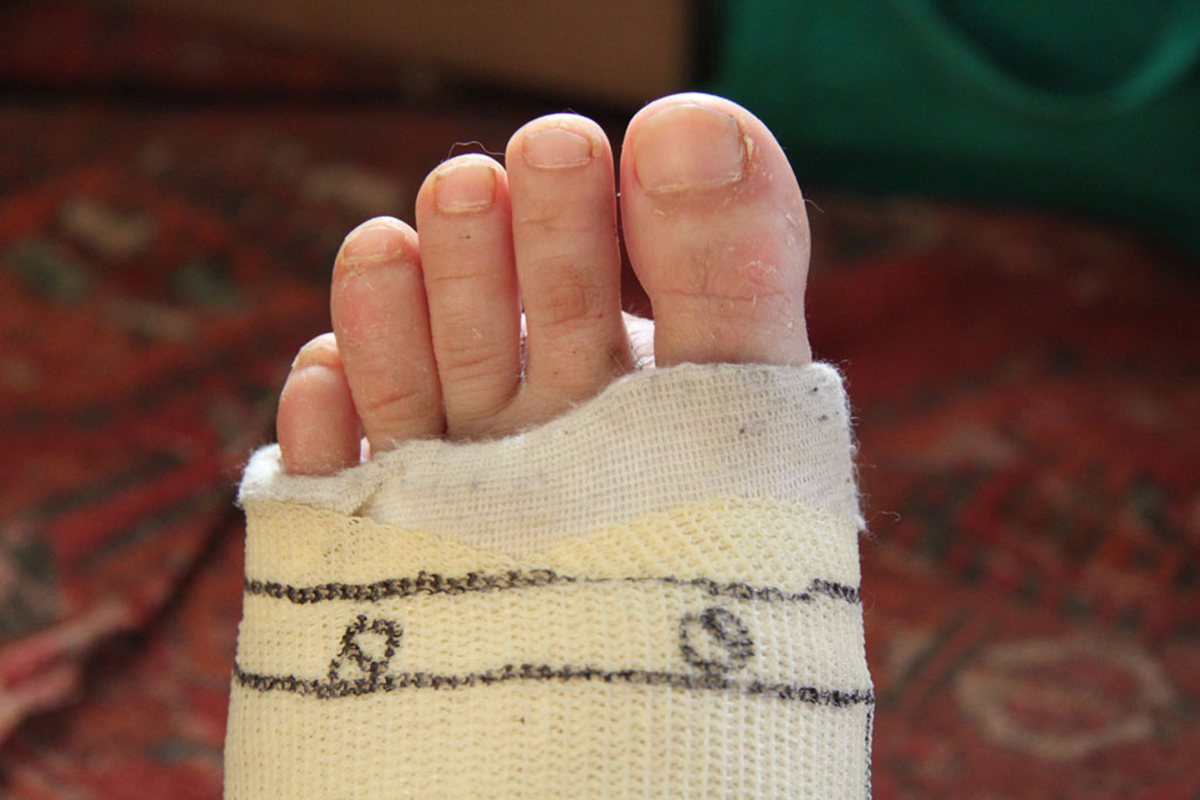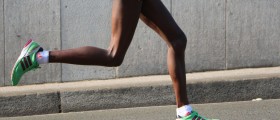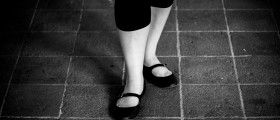
The ankle consists of the tibia, fibula and talus, these three bones joined together. The normal movement of the leg is enabled to the synovium, a liquid contained in the membrane.
The tibia and fibula are positioned in the lower leg, the tibia being the bigger bone, and the talus is placed deep in the ankle.
There are a lot of ways to hurt the ankle, the most common include swift ankle distortion and direct collisions which injure at least one of the bones that make up the ankle. The danger of injury is bigger if the bone tears through the skin and makes an open crack, which can be an entrance for bacteria that will cause infection and even sepsis.
Ankle injuries are very frequent among people of all professions and ages, espcially people who are actively involved in sports, ballet dancers, snowboarders and basketball players, due to the constant pressure put on their ankles. These injuries are also common in falls, slipping on ice and traffic accidents.
The most prominent symptom is the pain which prevents one from making normal leg movements. However, pain is often not felt in the injured area. Swollen ankles are another symptom, and also the patient is unable to put weight on the hurt leg. One can also detect distension, tenderness and bruises at the ankle joint. Snaps or cracks caused by bones moving can sometimes be heard at the time of the injury. If the crack is opened, the prominent part of the bone is clearly visible.
Diagnosis of the injury starts with anamnesis is in which the doctor searches for the answers on various questions such as the exact time of injury, its cause, in what period of time the swelling developed, can the patient put weight on the leg. The doctor is also obliged to take a medical history of the person and to give anti-tetanus shots if the fracture is opened.
The next step in diagnosis is an examination of the leg. in which the doctor searches for all the mentioned symptoms of injury. Often the two legs of the patient are compared to one another in order to detect the size change of the hurt leg. One can perform neurological tests and check the pulse to find out if there is damage to blood vessels andnerves.
The injuries can often be treated by wearing a cast for six to eight weeks, which immobilizes the ankle, and after that, one is advised to use physical therapy to help the leg to recover fully. In more severe cases, doctors go for surgery and the ankle is treated with special wires and screws that keep the bones in place in order to heal properly.

















Your thoughts on this
Loading...